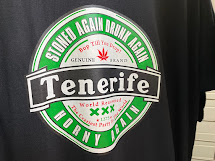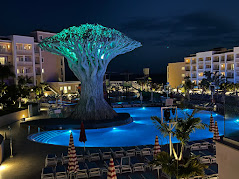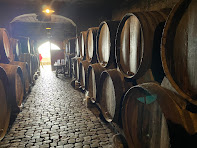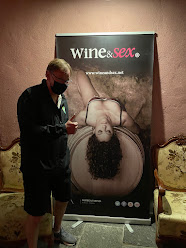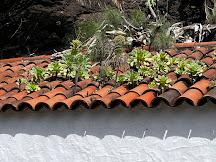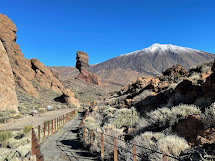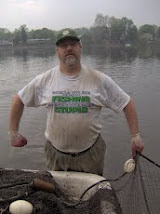ACROSS THE DESERT SANDS
Without a car we were limited
to the immediate areas of Golf del Sur on Tenerife where the Santa Barbara Golf
and Ocean Club was located. The beaches
here were not appealing. Rocky, black volcanic stones comprised the rugged “beaches”
and though the water looked beautiful there were enough waves that threatened to
dash us into the unforgiving rocks and so we hung around the pool.
 |
| NO |
Of course, because of the
looming volcano Mt. Teide, which last erupted in 1909, all the natural beaches
on Tenerife are black volcanic boulders, stones and pebbles. There are rare exceptions. One is
at the town of El Medano, about 12 km away where there is a fine black sand
beach, but we opted to go to a manmade beach in Los Cristianos. For €25 we were
whisked to the sands of the Sahara Desert.
PLAYA TO PLAY
Tourism is a major industry on
Tenerife and in an attempt to lure more travelers to this largest island in the
Canarian archipelago beaches were created. The thinking was that tourists would
prefer golden or white sand to the natural black coloring of the island. Starting in the 1970s some 270,000 tons of
sand from the Sahara Desert was brought to Tenerife to create Las Teresitas
Beach near the island’s capital of Santa Cruz.
 |
| YES! PLAYA LAS VISTAS LOS CRISTIANOS |
It is perhaps the most popular
beach in all of the Canary Islands, but we didn’t need to travel to the
opposite end of the Tenerife to gain a similar experience. Instead, we took a 20-minute
taxi to the party town of Los Cristianos and the twin manmade beaches located
there.
YOU WOULDN’T KNOW YOU’RE ON
TENERIFE
Los Cristianos and the nearby
Playa de las Americas are the main holiday resorts on Tenerife. It’s where much
of the nightlife throbs until dawn and there are countless bars, restaurants,
attractions like waterparks, and nightclubs that are found in this stretch of southwest
Tenerife.
Tourism has transformed the once
sleepy fishing village of Los Cristianos making it a destination that now welcomes hundreds
of thousands of visitors yearly. There are two beaches, one on either side of
the harbor where the ferries that service La Gomera, Gran Canaria and Valverde
dock.
 |
| Playa Los Cristianos |
Playa de Los Cristianos is inside the harbor and has a long curving pedestrian promenade that can get wall-to-wall crowded
with people milling about. Along this stretch there are lots of restaurants, bars and shops catering to the tourist trade. You can sit with a beer at watch a ferry dock at the pier.
Playa de la Vistas is on the
other side of the bay. This wide beach is very popular About a kilometer
long, the blue and green water is calm and shallow and very clear and very
kid-friendly. There are a string of dining and drinking establishments along
this stretch as well. Conveniently located just off the blisteringly hot sands
is Supermarket Malibu where we went repeatedly to resupply our beers and
sandwiches. My halting Spanish was greatly appreciated by the woman behind the
counter, even after the third trip of me muttering ‘mas cerveza’.
 |
| Promenade Playa Los Cristianos |
At both flat beaches there are
showers and bathrooms, beach volleyball courts and access to watersports. It
was a completely different beach experience than at Golf del Sur.
For €4.00 apiece we rented
chaise lounges and an umbrella, and as we peered into the sun already fierce on
that early April day, we could see the island of La Gomera. It was an idyllic
stay in Tenerife and a wonderful beach day. Had we not visited Playa Las Vistas, or any
other beach on Tenerife our time there would not have been as memorable.
If I
am ever fortunate to return to Tenerife, I would rent a car to explore all the
beaches of the island, manmade and natural.
Thanks for reading
Love Janet and greg
© 2022 by Gregory Dunaj

